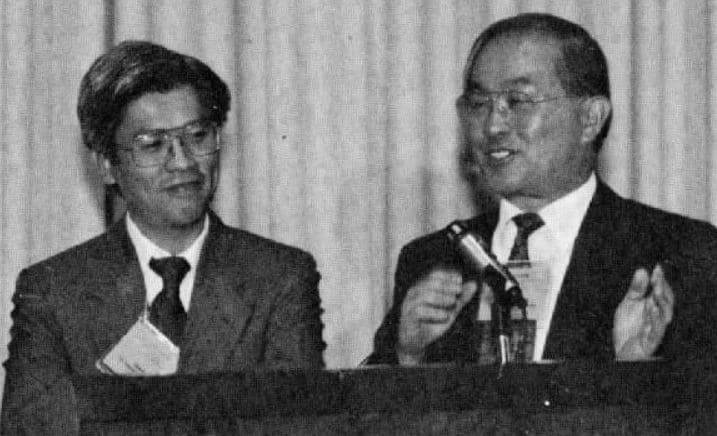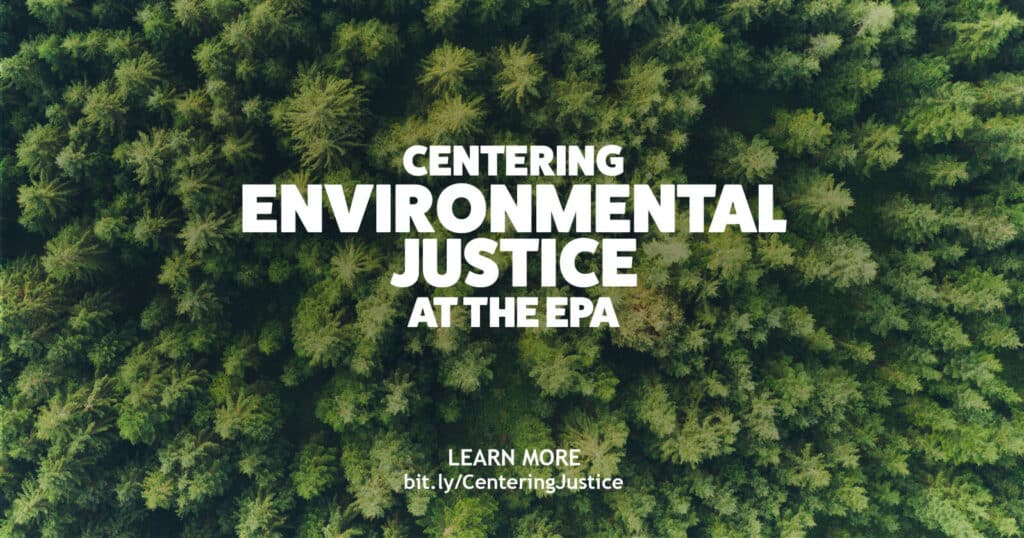Environmental justice pioneer shares advances made at EPA
When Charles Lee began working on the intersection of racial and environmental justice back in the 1980s, there wasn’t any kind of language to describe it.
“These issues related to the confluence of race, poverty, environmental quality did not even have a name,” he said.
Lee — principle author of the landmark 1987 United Church of Christ study “Toxic Wastes and Race in the United States” — is now a senior policy advisor for environmental justice at the Environmental Protection Agency. In an Aug. 9 Creation Justice webinar, he shared recent progress made at the EPA towards justice, while acknowledging the need and hope for much more.
Centering justice
The Rev. Brooks Berndt, UCC environmental justice minister, called Lee “a true pioneer” during his introduction to the “Centering Environmental Justice at the EPA” webinar.
“‘Environmental justice’ wasn’t even a phrase in use when the EPA first began back in 1970,” Berndt said. “That would come into play in the decades that followed.”
Lee explained that, during that time, people questioned what race and class had to do with environmental concerns. Part of his work with the UCC, then, was to educate people on clear examples of this justice intersection — for example, the relationship between historically redlined neighborhoods and adverse environmental impacts and health outcomes.
But even so, the message wasn’t well understood.
“When we sent the 1987 report to the EPA, the response we got … was that EPA deals with issues of technology, not sociology,” Lee said.
Nearly 40 years later, much has changed. The Inflation Reduction Act (IRA) passed last year and other recent legislation have earmarked “something like $60 billion of resources for environmental justice,” he said, with about $3 billion going to the new EPA environmental justice program.
“It was just a short time, maybe three or four years ago, where something like an EJ grant of $25,000 was a really big deal,” Lee said. Now, he added, environmental justice grants totaling “$1 million or more” are being awarded.
Importance of activism
During the webinar, Lee explained that this shift is evident in the EPA’s strategic plan.
“Now, strategic plans are pretty dull, kind of arcane things,” he said. “But they are really vital towards moving institutions (forward) and setting the course and accountability of these institutions.”
For the EPA to center these principles is “a really big deal,” he added. “Never before has environmental justice been put at the very heart of the EPA’s mission.”
So, Lee sees the 1987 report now coming full circle and an example of how activism and advocacy can help advance real change.
He pointed to the “birth” of environmental justice in Warren County, N.C., where UCC members Dollie Burwell and the Rev. Benjamin Chavis Jr. helped spearhead protests against environmental racism.
“I think there’s no better example that epitomizes the leadership roles that [the UCC] has played in this arc of history and in the story of environmental justice in the United States,” Lee said.

Increasing access for community grants
Jacob Burney, director of the grants management division at the EPA’s Office of Environmental Justice and External Civil Rights, also joined the webinar to explain how churches and other community organizations can receive grants to help further this environmental justice work.
“Historically, we’ve only really been able to provide a single opportunity, an environmental justice grant vehicle, each year,” he said. “Going forward, we’re going to have multiple environmental justice grant vehicles available to communities to apply to and to receive funding through for the next few years, at the least.”
These grants can include public research, outreach, trainings, workshops and much more.
The purpose is to give “direct funding to communities, community-based organizations and stakeholders to provide direct support to underserved communities who are disproportionately impacted by environmental issues,” Burney said.
He noted that access has been one of the biggest hurdles for faith-based and community-based organizations. With the federal funding from the IRA and other legislation, the EPA is hoping to overcome that obstacle.
Arc benders
Certainly, Lee noted, many such obstacles remain and much more work needs to be done. The fight for environmental justice — especially where it intersects with race and class — is far from over.
But the movement has come a long way. Lee has seen that progress first-hand, from authoring the 1987 report to helping organize the first National People of Color Environmental Leadership Summit to guiding the emergence of federal policy on environmental justice, as Berndt described in introducing Lee.
“I see the arc of the moral universe bending toward justice,” said webinar co-host the Rev. Michael Malcom, executive director of Alabama Interfaith Power & Light and board member of the People’s Justice Council, recalling a metaphor made famous by Martin Luther King Jr. “The UCC led the way in the creation of the first environmental justice report on toxic waste and race, and it’s now leading the way in making direct connection with the EPA. … If the arc is going to continue bending for us, we who are people of faith and are people of conscience must continue to bend it. In other words, we provide the momentum.
“And I’m grateful to be part of a legacy of arc benders.”
As an arc bender himself, Lee is looking forward to following that curve toward justice.
“We also now have a lot to celebrate,” he said. “And this historical ‘arc’ that now makes up environmental justice is really meaningful and inspiring. And within all that, I am proud to have played a role in the UCC’s efforts to help pioneer work and attention to this area.”
Content on ucc.org is copyrighted by the National Setting of the United Church of Christ and may be only shared according to the guidelines outlined here.
Related News
A Prophetic Call for Justice and Peace in Palestine
The executive leaders of the United Church of Christ have issued the following statement...
Read More‘Love is Greater Than Fear’: Regional Youth Events get to the heart of gospel message
United Church of Christ teens attending this summer’s Regional Youth Events (RYE) are...
Read MoreUCC desk calendars available to order now
Prepare for your day, month and year with the United Church of Christ desk calendar —...
Read More


